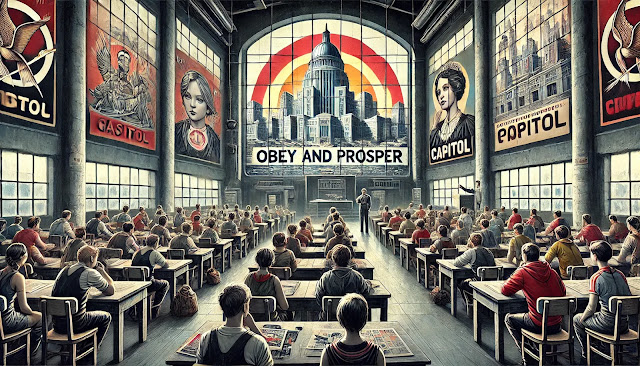The Psychology of Decision-Making in the TV Series Alice in Borderland
Netflix, season1, episode 8 In the Netflix series Alice in Borderland , the main character, Ryohei Arisu, and his friends are thrust into a strange, violent, and lethally dangerous parallel reality. The series is based on the manga of the same name by Haro Aso. So far, two seasons have been released, and Netflix has just announced a third season. In the world of the series—Borderland—staying alive requires playing sadistic and deadly games. But playing alone is not enough; you also have to win. In this blog post, I focus on the psychology of decision-making as portrayed in seasons 1 and 2. The third season is set to premiere in the fall of 2025. This text contains plot spoilers, so I recommend watching the series before reading further. The first significant decision has already been made for the participants. They were never asked whether they wanted to enter this parallel world. They were transported there, and at first, they didn’t even understand what was happening. The...






